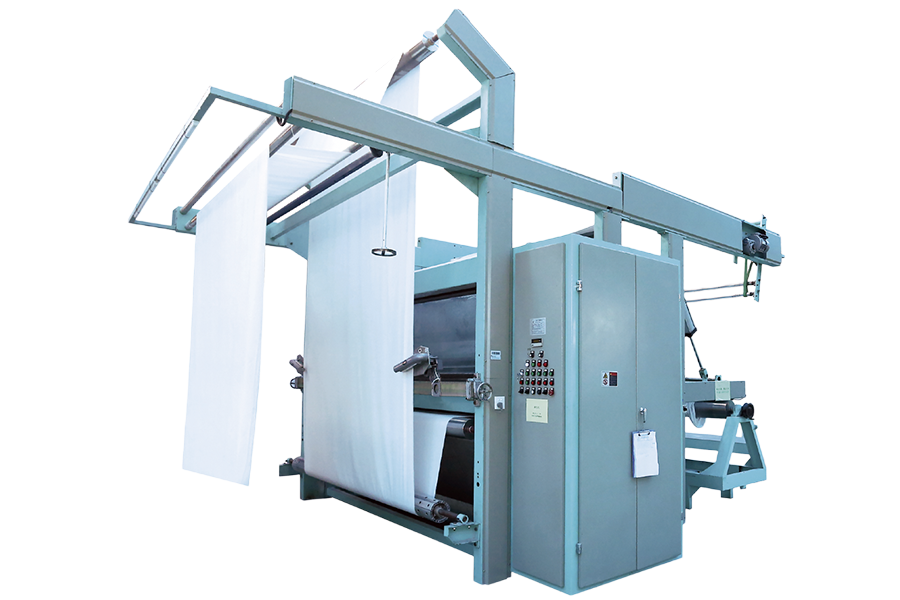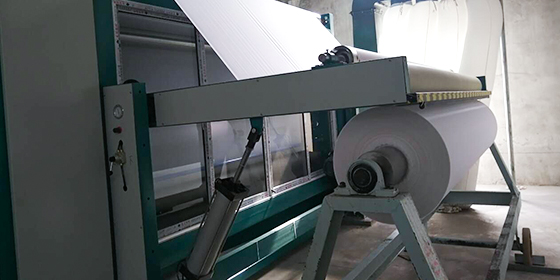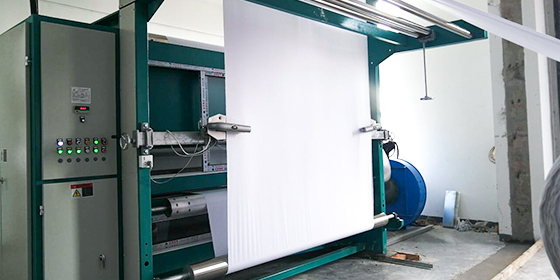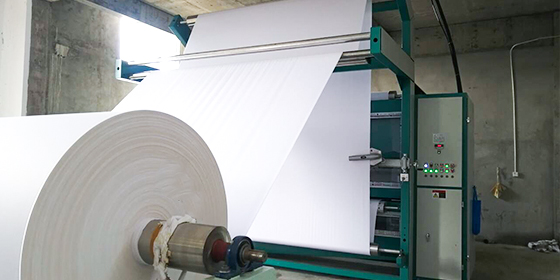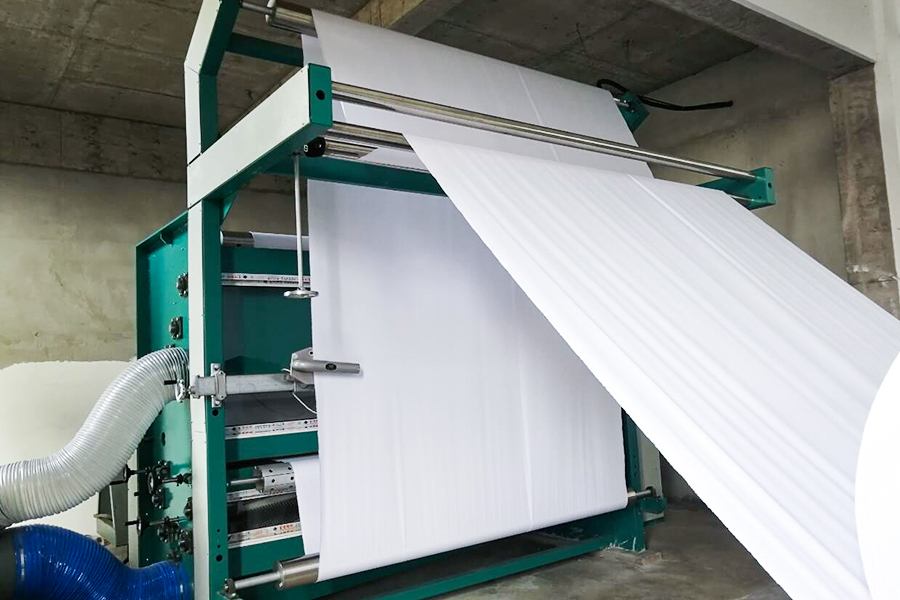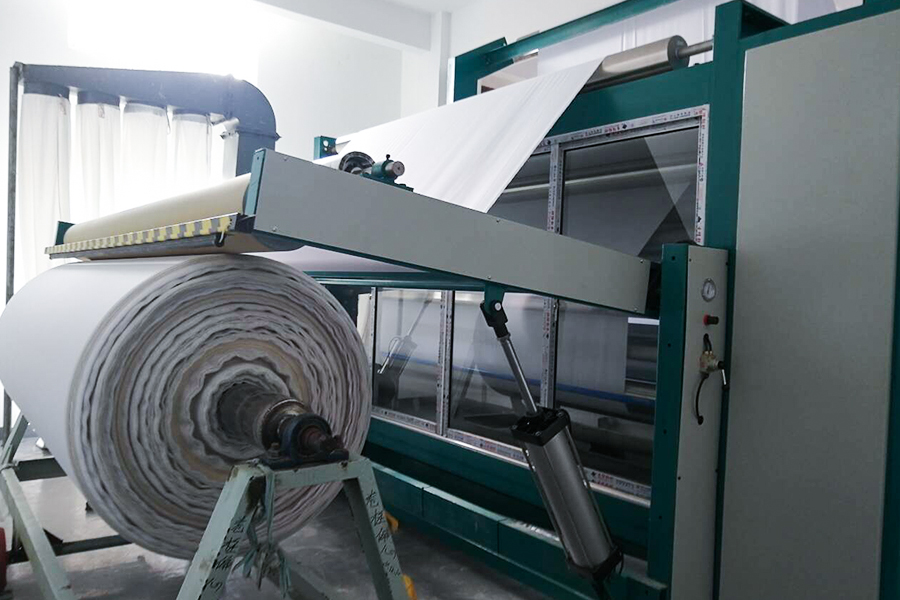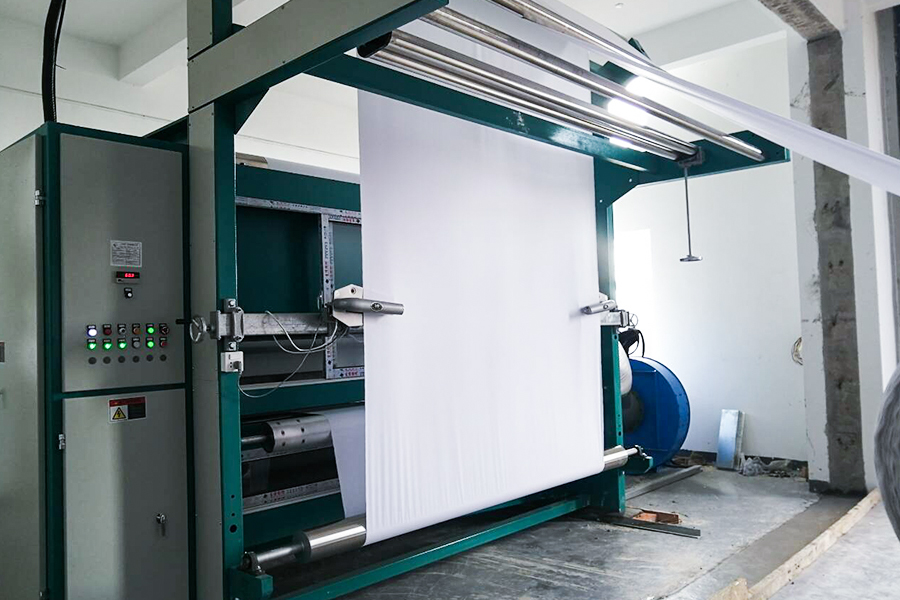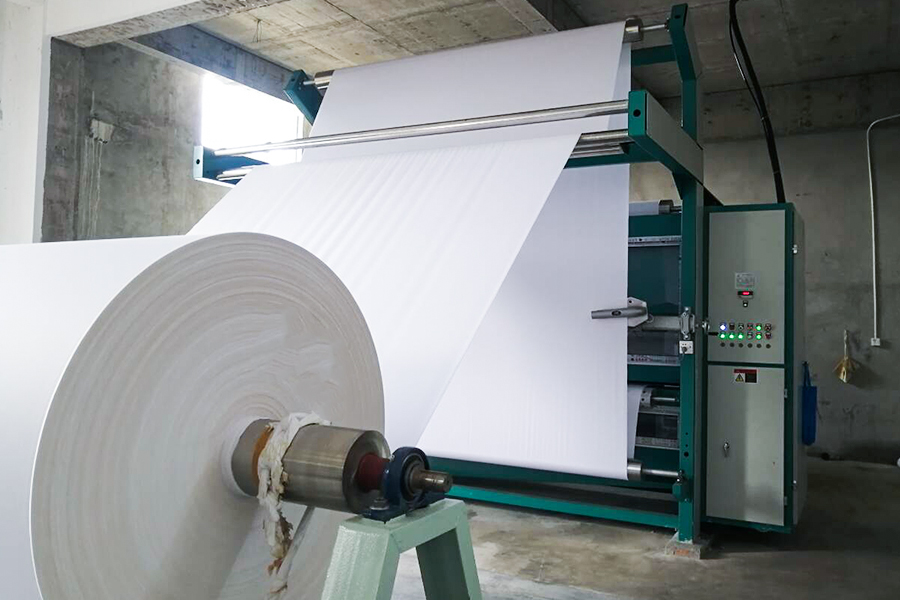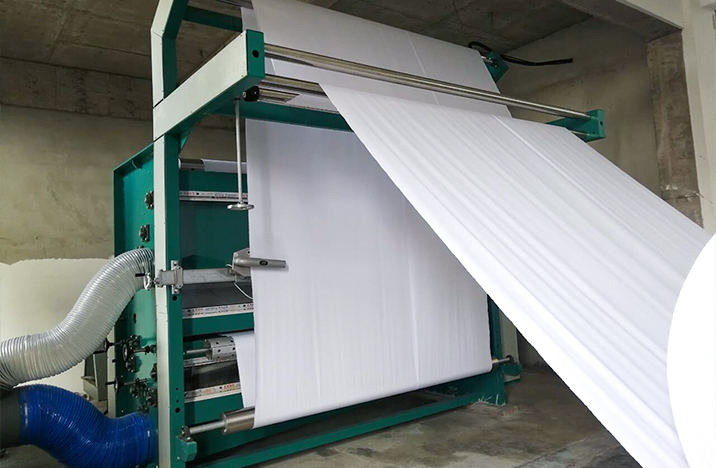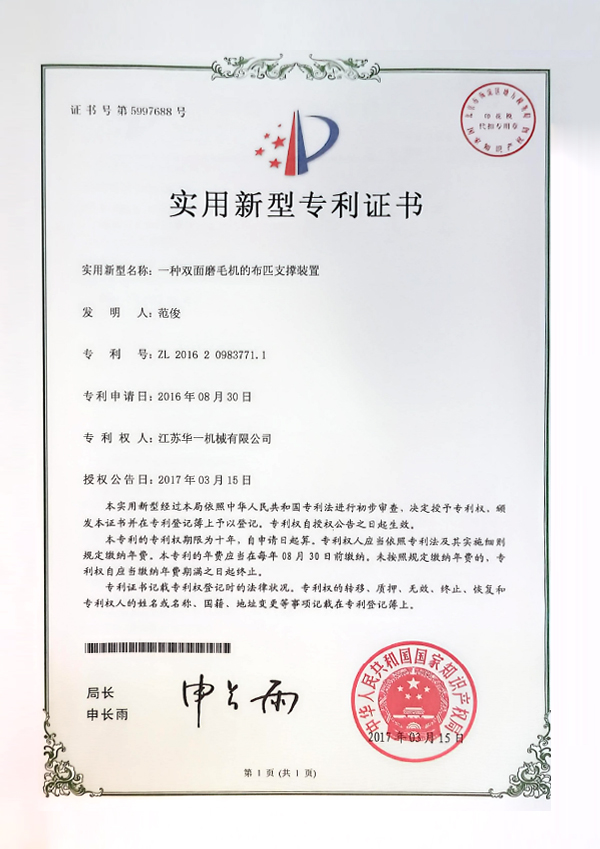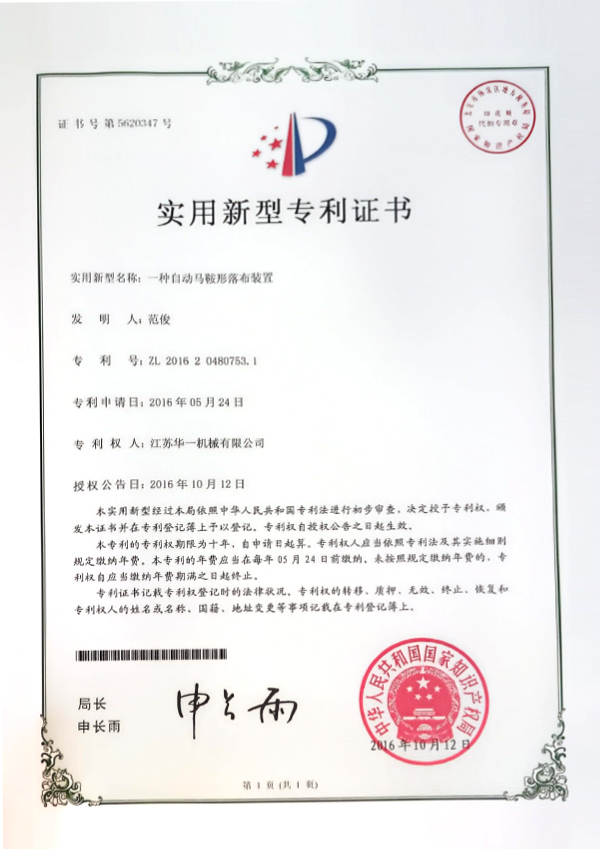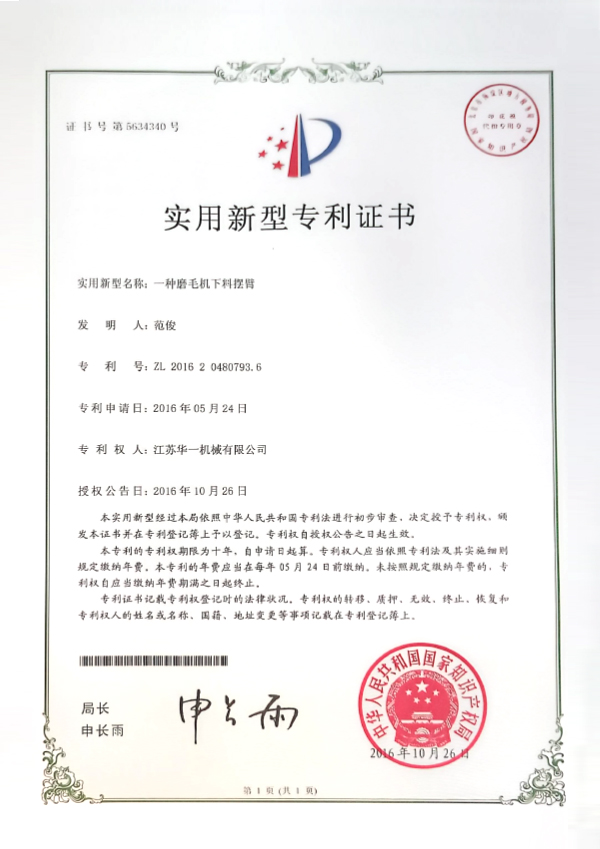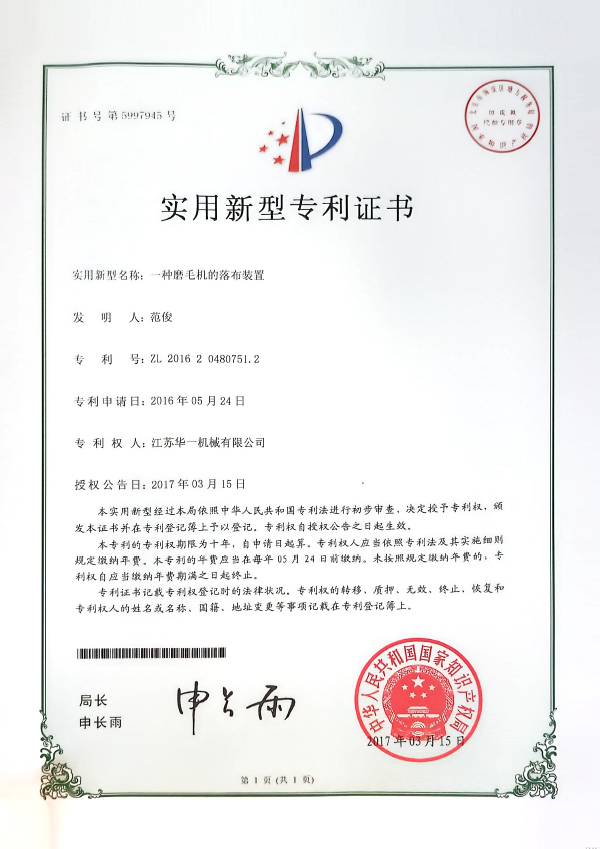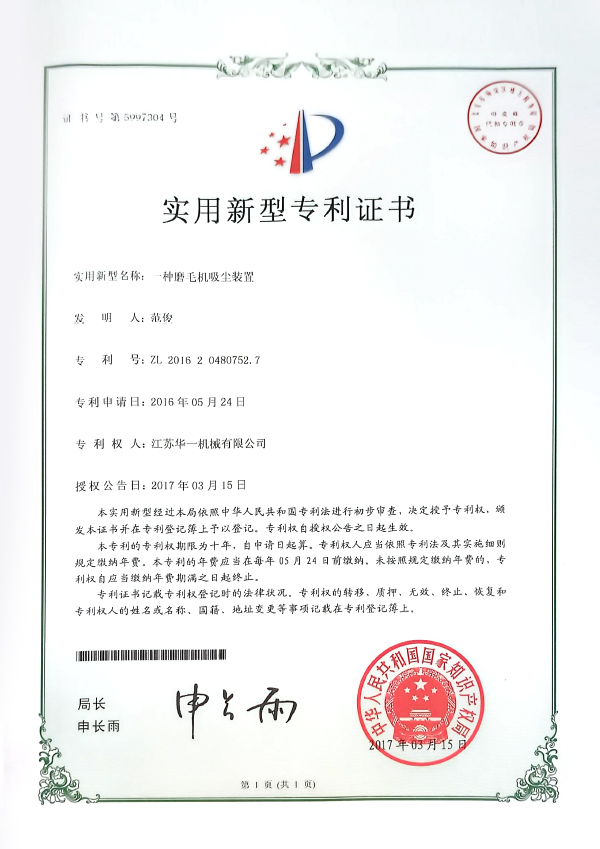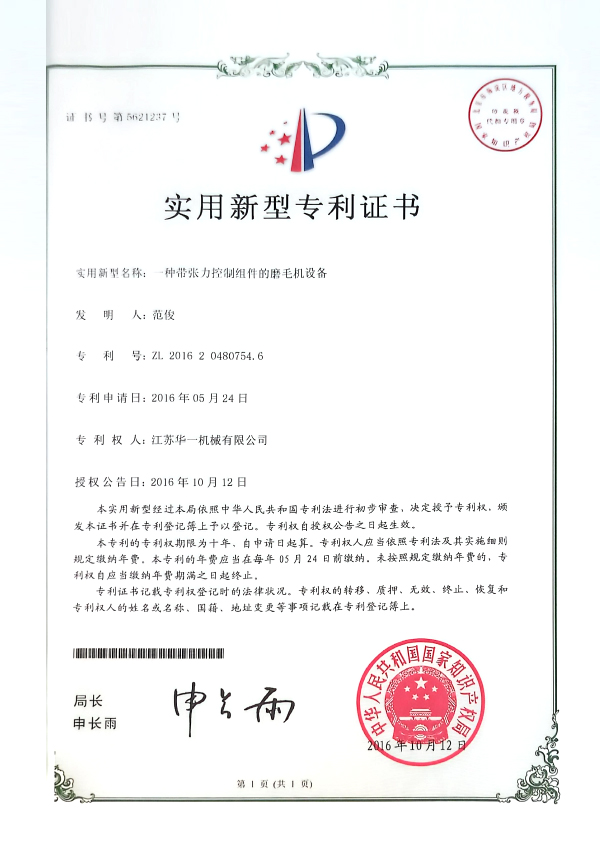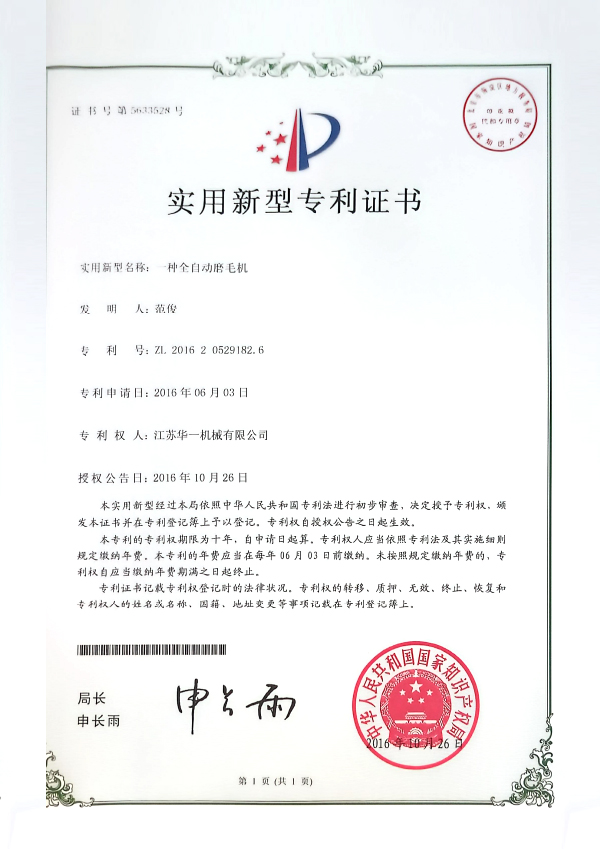In high-end textile finishing processes, brushing is a key step often used to improve the feel and appearance of fabrics. The High Speed Brushing Machine VX7, a representative example, utilizes carbon-ceramic brushing technology, which is becoming mainstream in the industry and is particularly suitable for processing high-end functional and stretch fabrics.
Why is it so crucial for high-end fabrics?
Carbon-ceramic composite brush rollers
Carbon-ceramic brush rollers utilize a fusion of carbon fiber and ceramic particles, offering the following significant advantages:
High hardness and wear resistance: A notable feature of carbon-ceramic composite fiber is its surface hardness, far exceeding that of traditional brush roller materials such as steel or nylon. This high hardness not only allows for more effective fine-brushing of the fabric surface but also significantly extends the life of the brush roller. Even in continuous, high-volume production, the brush rollers avoid uneven wear, breakage, or loss of efficiency due to prolonged contact with the fabric. For high-end fabric processors striving for consistent quality and high efficiency, this durability offers significant production advantages and cost savings.
High-temperature resistance and deformation resistance: High-speed sanding generates significant frictional heat between the brush roller and the fabric. Traditional materials often deform due to heat buildup over extended periods, affecting sanding accuracy. Carbon ceramic, on the other hand, possesses excellent thermal stability, maintaining structural rigidity and precision even under high speeds and high loads. It does not soften, expand, or lose its roundness due to heat, ensuring precise and consistent sanding with every sanding, providing a stable and reliable surface treatment for high-end fabrics.
Fiber-level sanding precision: The carbon ceramic brush roller is not only extremely hard but also possesses exceptional microscopic contact control. During contact with the fabric, it deeply combs through each surface fiber, drawing out hidden hairs and enhancing the velvety feel and tactile quality. Unlike aggressive sanding, carbon ceramic sanding applies balanced and gentle pressure, avoiding damage to the fabric's core fiber structure and preventing quality issues such as snagging, shedding, and breakage. This "deep yet restrained" sanding method is ideal for highly sensitive materials such as functional fibers, elastic fabrics, and lightweight fabrics, and is key to achieving a "high-end" sanding effect.
Gentle and uniform sanding effect, suitable for a variety of high-end materials
Traditional steel or nylon brushes often cause problems when sanding elastic fabrics and ultra-fine fibers, such as stringing, breakage, snags, pilling or singeing, a rough feel, and inconsistent texture. Carbon-ceramic brushing technology, by ensuring stable fiber contact and a uniform brushing path, eliminates these issues while ensuring a smooth sanding effect. It is particularly suitable for the following fabric types:
Nylon + spandex blends: Nylon and spandex blends are widely used in sportswear and shaping underwear due to their excellent elasticity and fit. These fabrics require extremely high fiber protection during sanding, and even the slightest care can lead to fiber breakage, loss of elasticity, or pilling. Carbon-ceramic brushes, with their fiber-level contact and stable output, soften the surface and enhance the velvety feel with minimal friction damage, ensuring the fabric retains its original elasticity while offering a more comfortable feel and visual quality. Ultrafine Polyester/Island-in-the-Sea Fiber Fabrics: The single fiber diameter of ultrafine polyester and island-in-the-sea fiber fabrics is much smaller than that of ordinary fibers, resulting in a denser and smoother fabric surface, placing extremely high demands on brushing precision. These fabrics are often worn next to the skin, and are particularly sensitive to the uniformity and skin-friendliness of the velvet feel. Traditional brush rollers can easily disrupt the fine fiber arrangement at high speeds, resulting in messy hairiness or color variations. Carbon-ceramic brush rollers, on the other hand, offer exceptional detail control and can achieve micron-level precision processing. This uniformly enhances the velvet feel of the fabric surface without disrupting the fiber structure, achieving the delicate and gentle texture sought after by high-end functional apparel.
High-density knitted fabrics: High-density knitted fabrics are widely used in high-end casual wear, business apparel, and specialized industrial fabrics. Due to their compact structure, these fabrics can experience localized stretching, deformation, and even surface grooves during brushing, seriously impacting the appearance and quality of the finished product. Carbon-ceramic brush rollers maintain highly consistent line pressure and contact precision during brushing, preventing uneven tension even at high speeds. This ensures consistent pile and hand feel across the entire fabric from edge to center and from beginning to end, significantly improving the overall quality and product stability of the finished fabric.
Improving Process Stability and Production Efficiency
The application of the carbon-ceramic brush roller system on the High Speed Brushing Machine VX7represents more than just a material upgrade; it represents a comprehensive innovation in process flow, productivity, and cost control.
Longer Service Life and Significantly Reduced Maintenance Frequency:In high-speed continuous production environments, traditional brush rollers such as steel and nylon rollers, due to their limited material properties, are prone to burring, wear, thermal deformation, and uneven brushing surfaces after prolonged operation. This necessitates frequent replacement, increasing maintenance costs and impacting production line stability and efficiency. Carbon-ceramic brush rollers, with their superior physical properties, offer significant advantages in terms of service life. Its extremely high surface hardness and excellent wear resistance effectively resist surface abrasion during high-intensity brushing. It also offers excellent high-temperature resistance, resisting softening or deformation even under the intense heat generated by high-speed operation. Furthermore, the carbon ceramic material exhibits excellent corrosion and oxidation resistance, making it suitable for humid, hot, and chemically complex operating environments, ensuring stable and reliable operation over extended periods. These properties significantly extend replacement cycles, reduce unplanned downtime, and lower maintenance frequency, helping companies establish efficient and controllable production management systems.
Uniform Brushing at High Speeds:As a high-speed brushing machine designed specifically for high-end fabrics, the High Speed Brushing Machine VX7's brush roller system must maintain excellent processing stability despite continuous operation at high line speeds and long cycle times. Thanks to its excellent dynamic balance and structural strength, the carbon ceramic brush roller maintains stable brushing force and uniform brush contact even at high speeds, ensuring consistent brush marks and sharp textures, while avoiding issues such as skipping, over-brushing, and partial missed brushing. This ability to achieve "stable precision" even at high speeds results in highly consistent and repeatable surface treatment results with excellent controllability, significantly enhancing the overall quality and market competitiveness of high-end fabrics, a feat unmatched by traditional brush rollers.
Perfect Integration of Automated Adjustment and Digital Control Systems:The High Speed Brushing Machine VX7 integrates an advanced automated adjustment system with a digital process parameter management module, enabling precise control of fabrics from diverse materials and batches. The carbon-ceramic brush rollers offer excellent responsiveness and highly stable mechanical properties, effectively collaborating with the automated system to ensure that key parameters such as brush pressure and travel path are automatically adapted to process requirements. This integration also enables multi-stage control and full-process data logging during the brushing process. This deep integration not only significantly improves operational convenience and production efficiency, but also significantly reduces reliance on operator experience, moving the brushing process from relying on individual skills to standardized and digitalized processes, comprehensively enhancing quality control and batch consistency.

 简体中文
简体中文 English
English عربى
عربى